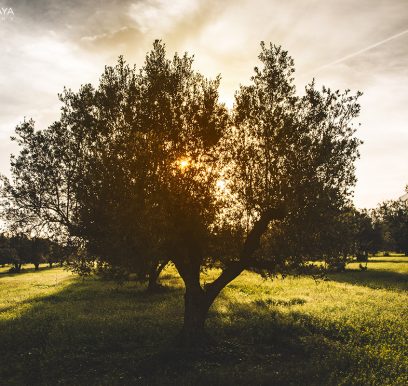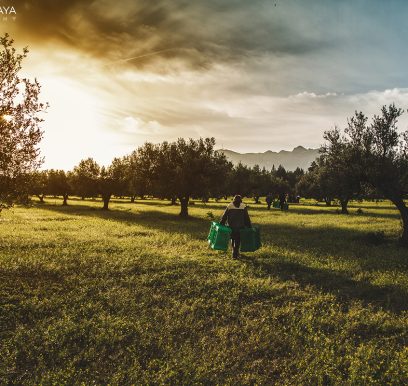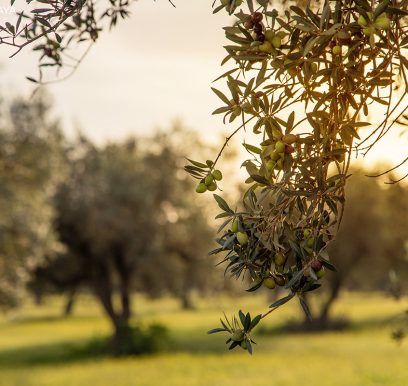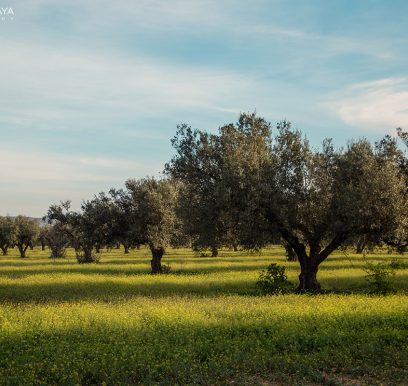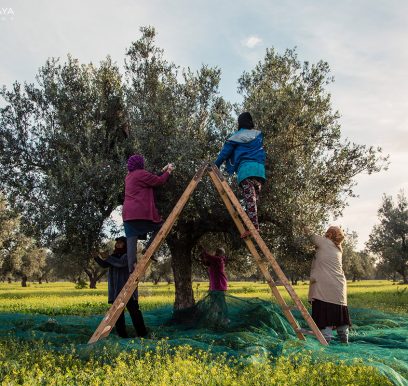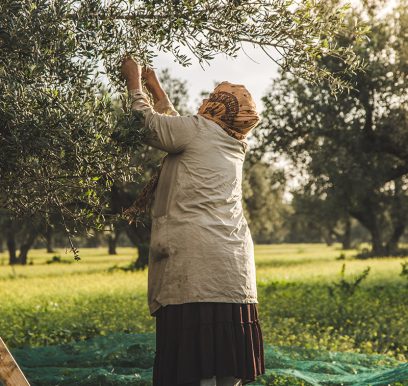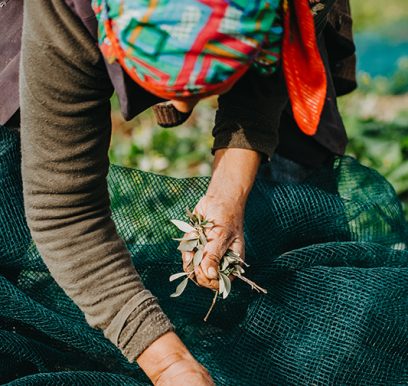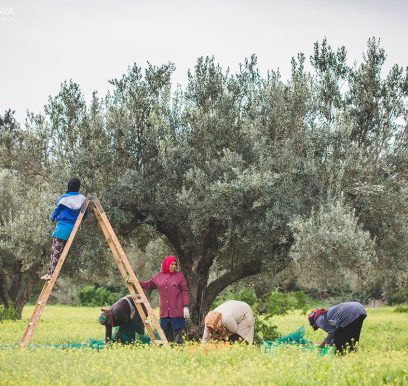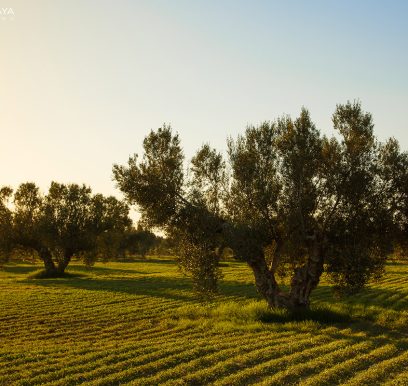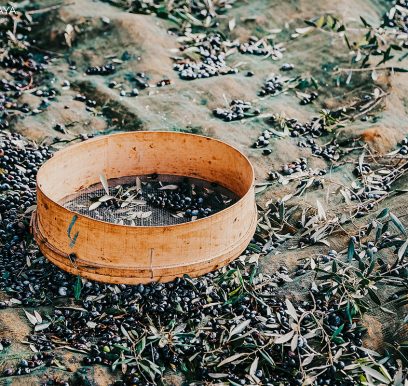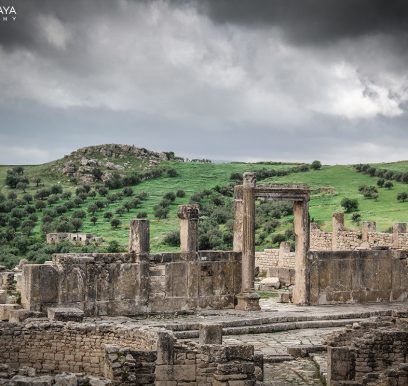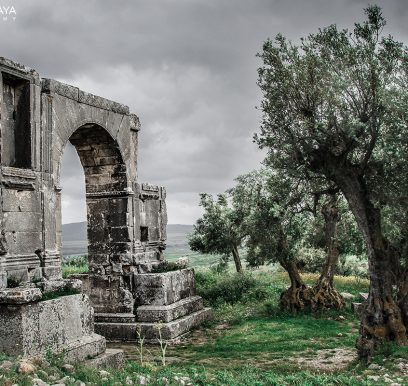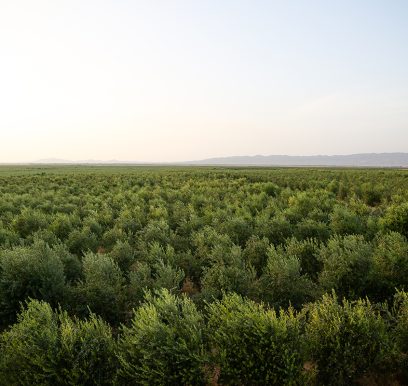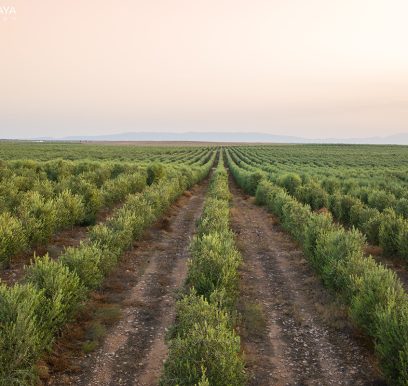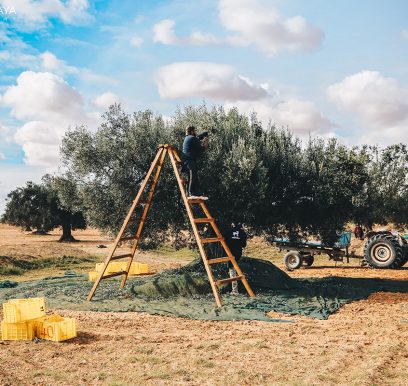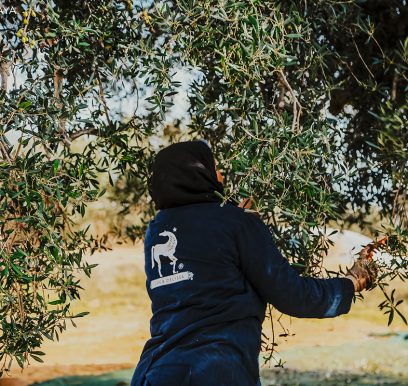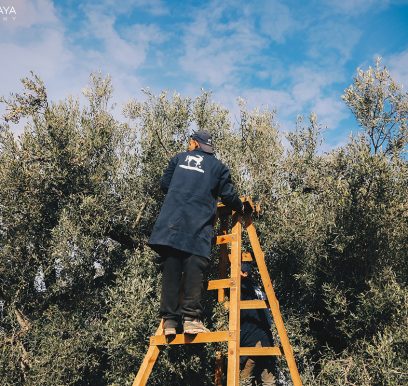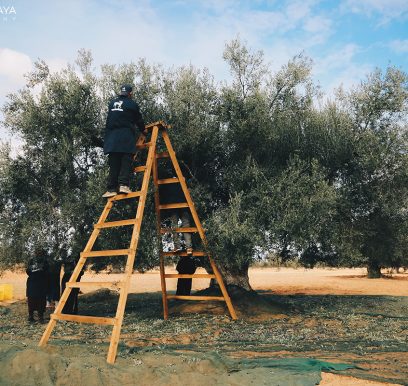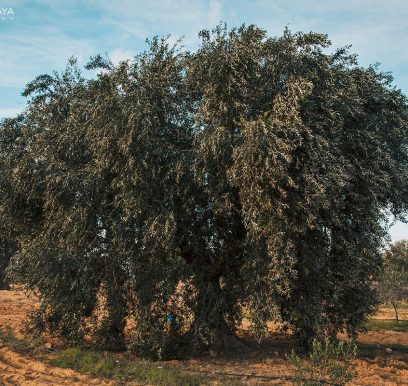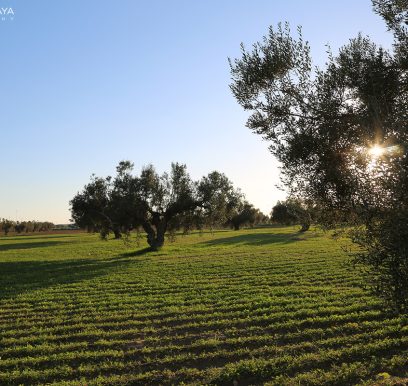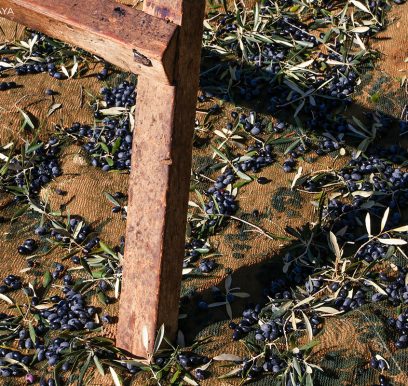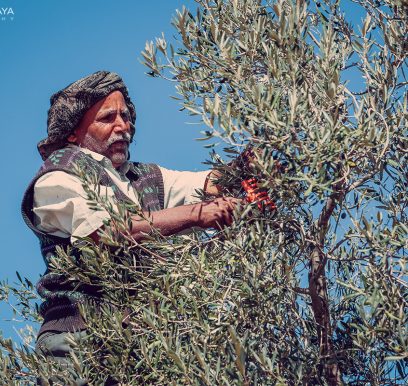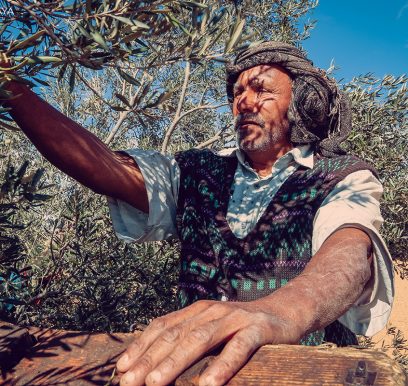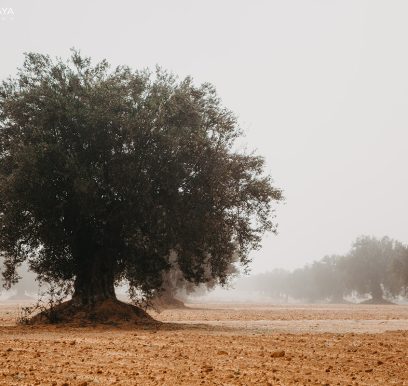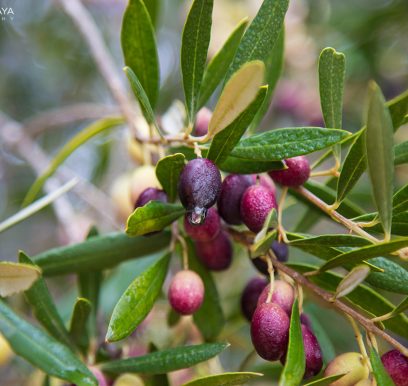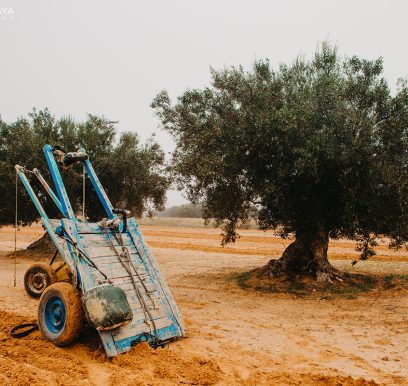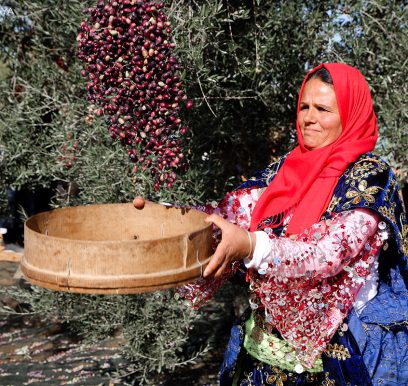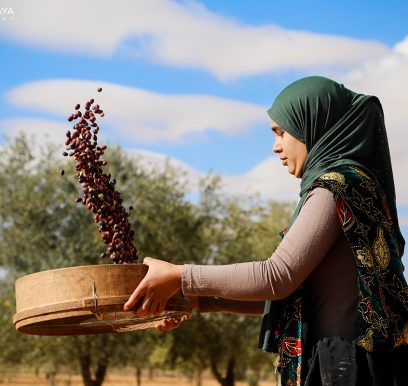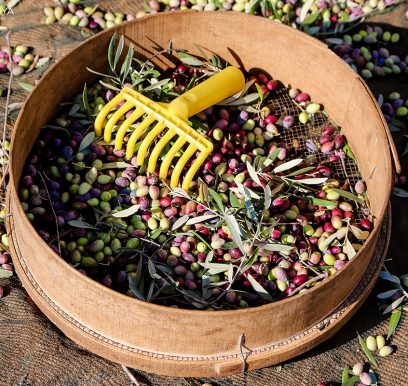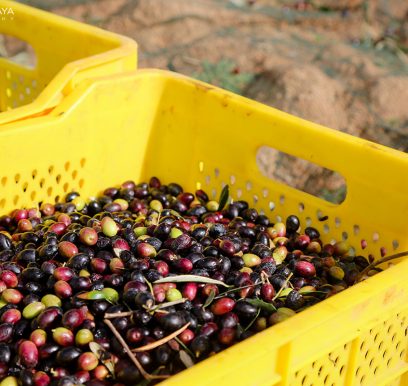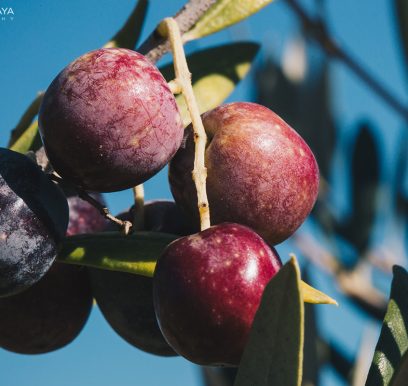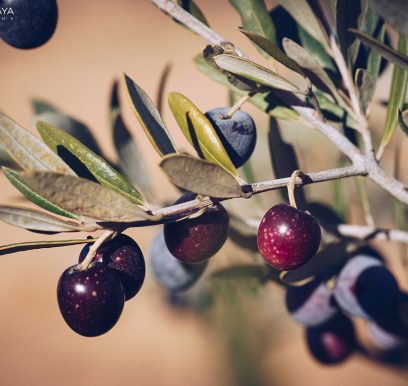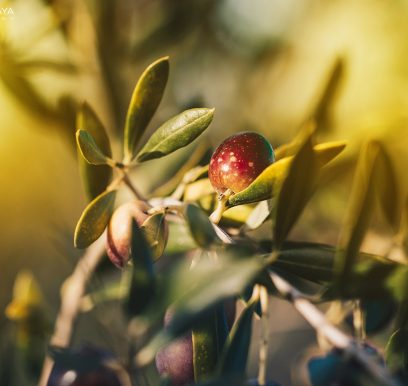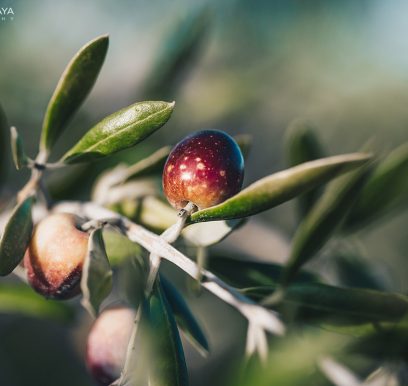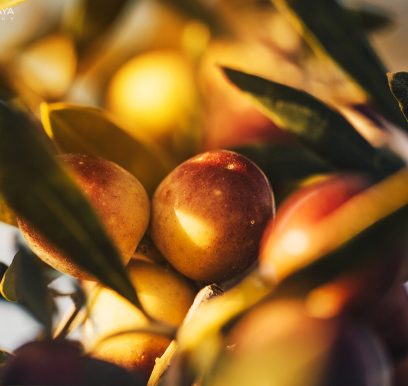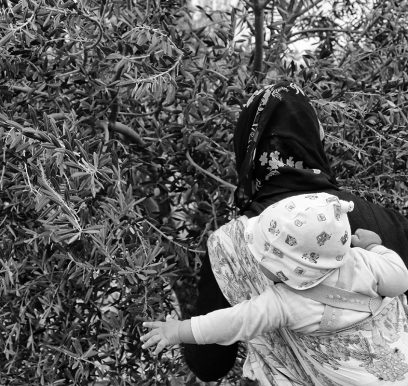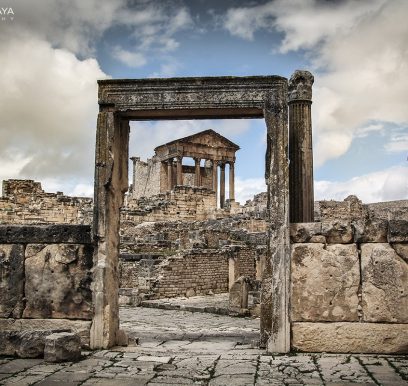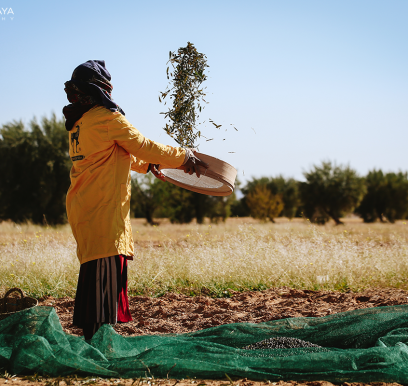Olives trees
« Allah is the Light of the heavens and the earth. The example of His light is like a niche within which is a lamp, the lamp is within glass, the glass as if it were a pearly [white] star lit from [the oil of] a blessed olive tree, neither of the east nor of the west, whose oil would almost glow even if untouched by fire. Light upon light. » Surat Al Nur, Verse 35 The olive tree is a blessed tree, symbol of hope, peace, victory and purification. Present in Tunisia long before the Phoenicians arrived, its cultivation went through a major development with the Punic. Magon’s Treaty of Agronomy made this tree very famous. Olive cultivation was never stable across the Tunisian territory. Indeed, it went through several periods of growth, particularly during the Carthaginian and the Roman time, and a decline especially during the Arab Muslim period when the agricultural production was mainly based on cereal crops. Even though the Andalousians introduced new techniques in olive growing, it only got restored in the 19th century, especially in the region of Sfax, with the “mougharsa”. Nowadays, olive cultivation is still present in Tunisia and is part of the country’s agricultural economic basis: Tunisia has 19% of the worldwide olive-growing area and ranks second after Spain.
Olive oil is the first product derived from olive growing. The presence of ruins of ancient oil mills on the Tunisian territory reflects the long history that olive oil production has on these lands, a tradition that gives Tunisia the 4th rank in this area, after Spain, Greece and Italy. In terms of olive variety, Tunisia produces essentially 2 types: CHETOUI in the north and CHAMELLI in the Sahel and in the south. Over 1500 oil mills are spread throughout the Tunisian territory with a production capacity that exceeds 180.000 tons/year. The production method varies from one oil mill to another. Traditional ones use alpha mats and mechanical press; the liquid is extracted thanks to human strength only. Modern mills use the centrifugation method and the electric force. It is worth noting that the quality of the oil differs between those two methods of production. The olive is very popular at the Tunisian table. The way it’s cooked differs, depending on the region or the dish. Each variety is prepared according to a specific method; its preparation involves drying, adding salt and vinegar or soaking in olive oil. As for olive wood, it is used for artisanal furniture and handicrafts. Local souks are filled with craftsmen and merchants who specialize in selling these items. Usually, they are kitchen utensils and small decorative objects.


